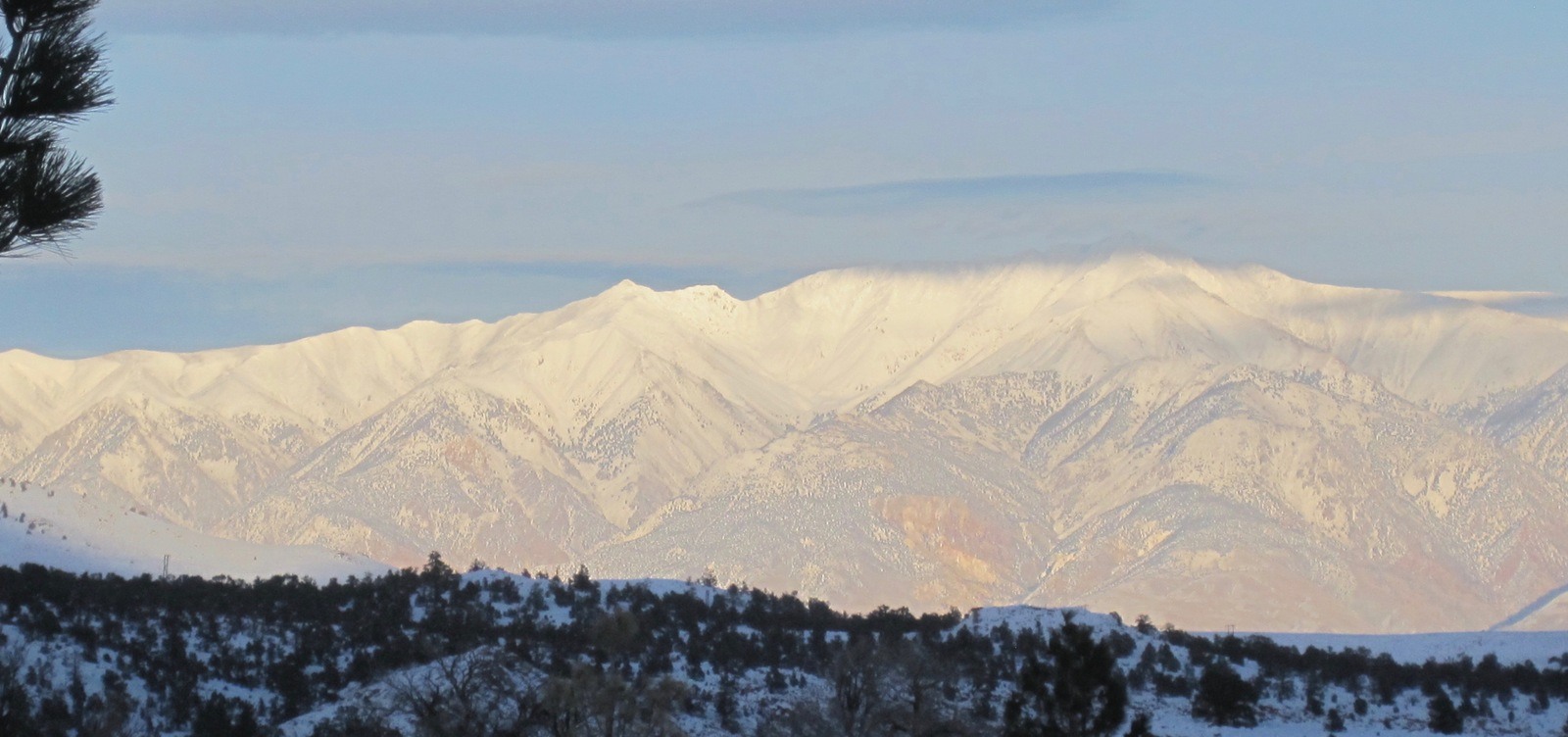Along an elevation gradient exceeding 10,000’ (3000 m) in the White Mountains of eastern California, White Mountain Research Center (WMRC) comprises three field stations and a research hut on the summit of White Mountain Peak. WMRC is a national laboratory open to qualified researchers and students who need access to facilities at high altitude or in the eastern Sierra regions. Owens Valley Station (4,208’) is open year round, while Crooked Creek (10,150’) and Barcroft (12,470’) stations are open June through October, and the Summit Lab (14,242) atop White Mountain Peak is opened by special arrangement in the summer.
Each of the facilities at WMRC is located in a unique biogeographic setting with exposure to a variety of regions in the high desert, Sierra Nevada and White/Inyo Mountains. The distribution of labs along a steep elevation gradient was designed to support research in high-altitude physiology. However, the combination of low humidity and high elevation at Barcroft Station and the Summit Lab also places them among the world’s premier sites for radio astronomy. The elevation gradient also makes WMRC well suited for climate change research. In fact, research in a broad range of disciplines from astrophysics to zoology has been, and continues to be conducted here.
WMRC is known internationally as an unsurpassed site for education in earth science and geology field camps at WMRC have trained thousands of students over the years. The facilities provide support for virtually all sciences including ecological, physical, medical and astronomical sciences.
WMRC supported groundbreaking research in the physiology of hypoxia and ventilation (Nello Pace, Ralph Kellogg, John Severinghaus), measurement of polarization of cosmic background radiation (David Wilkinson and George Smoot), physiology of hibernation (Hannah Carey and Craig Frank), and Holocene paleoecology and development of the bristlecone pine chronology (Edmund Schulman, Wes Ferguson, Hal Fitts). Research partners and participants include Nobel laureates (most recently, George Smoot acknowledged WMRC in his 2006 Nobel Lecture), national academicians of science, medicine, engineering, and fellows of the Royal Society.
All WMRC facilities are set in breathtaking landscapes, from the open, Mojave Desert shrub communities beneath towering peaks at Owens Valley Station, to the bristlecone-limber pine forest at Crooked Creek, and the south-polar-like shrub-steppe at Barcroft. Apart from the beauty of the surroundings, the easy access to a great variety of largely undisturbed ecosystems is a unique feature which draws researchers to WMRC.
For more, please visit the full White Mountain Research Center website.

